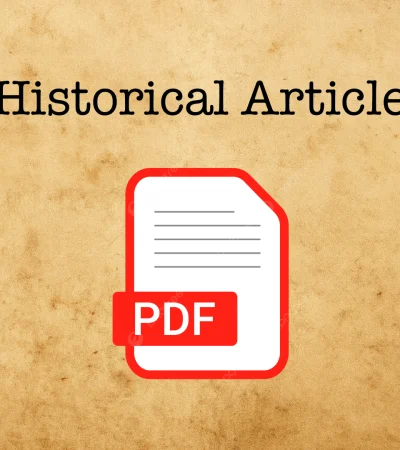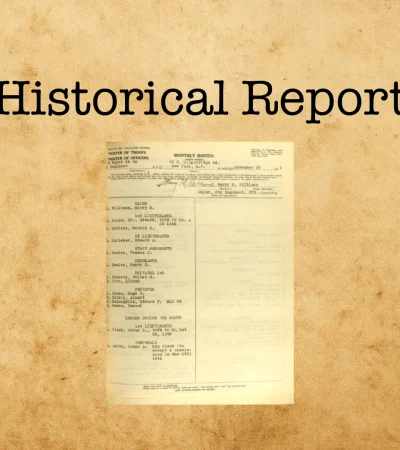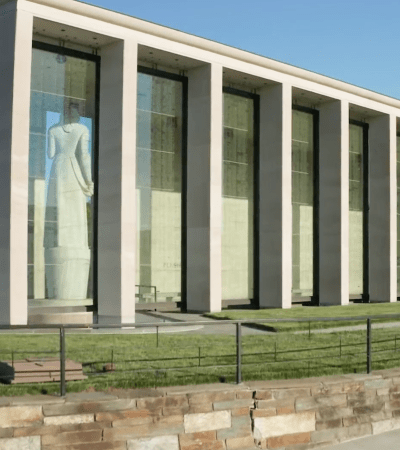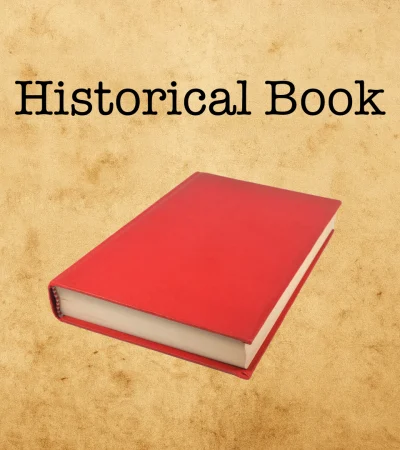The article “The Military in Disaster Relief after the Explosion in Halifax, Nova Scotia, December 1917” examines the immediate and large-scale response of the Canadian and American military forces to one of the most devastating non-nuclear explosions in history. When a French munitions ship, the Mont-Blanc, collided with another vessel in Halifax Harbor and detonated,
Read More
The 1942 Annual Report of the Chief of the National Guard Bureau provides a detailed account of the state and activities of both the National Guard and the emerging State Guards during World War II. After the federal induction of the National Guard, the report highlights how the newly established State Guards assumed the defense responsibilities left behind, focusing on local
Read More
The Center for State Defense Force History is proud to announce our first and upcoming visit to The Virginia War Memorial, where we will begin an extensive digitization project focused on preserving the historic records of The Virginia State Guard during World War I and World War II. Our mission will include the digitization of
Read More
The document “The Home Guard” records the U.S. Senate hearings of 1940 by the Committee on Military Affairs, which examined Senate Bill 4175—a proposal to amend the National Defense Act of 1916 to allow states to create and maintain State Guards for local defense whenever their National Guards were federalized during wartime. Testimony from Colonel
Read More
The document “The Provisional Brigade: The New York Guard on State Active Duty in World War I” provides a comprehensive history of the 1st and 2nd Provisional Regiments of the New York Guard, which protected critical infrastructure throughout the state after the New York National Guard was federalized in 1917. It explains how, under Brigadier
Read More
The book “The Minute Men of ’17” tells the story of the volunteer citizen-soldiers who formed the New York Guard during World War I after the New York National Guard was federalized for overseas service. It describes how these “Minute Men,” organized in 1917 under the authority of Governor Charles S. Whitman and Adjutant General
Read More
The document “Maine State Guard History” provides an overview of the formation, organization, and activities of the Maine State Guard during World War II. It explains that after the Maine National Guard was federalized and deployed overseas, the state established the Maine State Guard to protect local infrastructure, maintain public order, and assist with civil
Read More
The “Special Message to Congress on National Security Requirements” delivered by President Dwight D. Eisenhower on January 13, 1955, outlines his administration’s comprehensive national security strategy during the early years of the Cold War. Eisenhower emphasizes the need to maintain a strong military deterrent, particularly through strategic nuclear capabilities, while simultaneously ensuring economic stability and
Read More
The “U.S. Home Defense Force Study” (1981), commissioned by the U.S. Department of Defense, evaluates the feasibility of establishing state-level Home Defense Forces—modern successors to the World War II State Guards—to enhance America’s domestic security during national emergencies. The study was prompted by concerns that the Total Force Policy, which integrates the National Guard into
Read More
This document, “203rd Infantry Battalion: A Military History,” chronicles the activities and organization of a battalion within the California State Military Reserve (CSMR), a state defense force designed to replace the National Guard during federal mobilization. Compiled by Allen P. Bristow, the history notes that while the 203rd Battalion was never called upon for its
Read More




